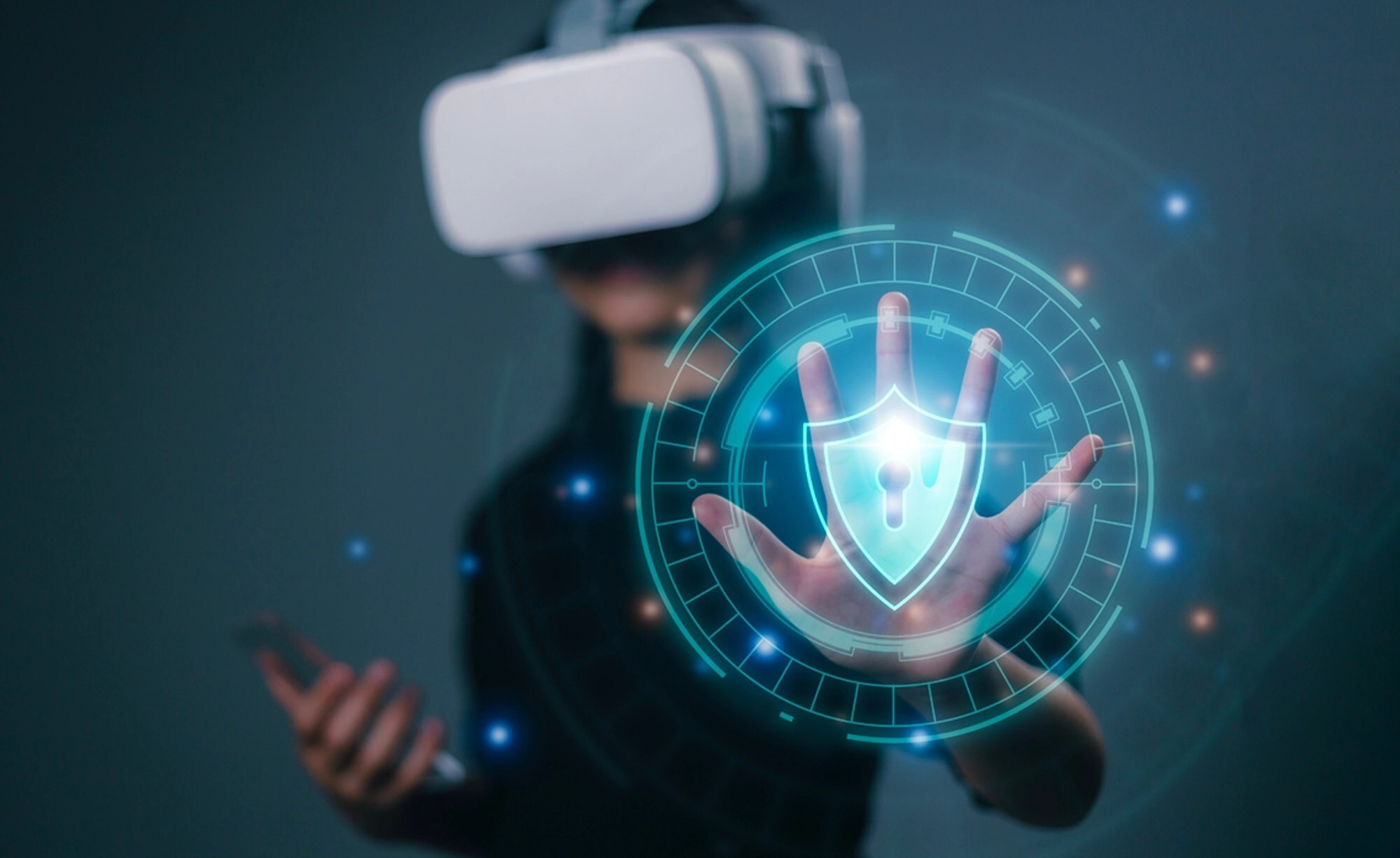A powerful omnichannel experience used to be a business goal. Now it’s a must-have. But it’s also difficult to implement – and some businesses find it a daunting prospect.
The truth is, it can be easy to overlook that omnichannel functionality is not limited to customer care alone – there are a broad array of possibilities out there. So how can you be sure you understand the experiences your customers desire versus perhaps the ones you’re giving them?
Our Sutherland experts Jeff Mortlock and Noah Beltran recently hosted a webinar examining the evolving omnichannel experience today. And here are some of the biggest takeaways from their discussion.
Make Omnichannel Your Foundation
Effective omnichannel implementation serves as the foundational layer that enables the identification of customer insights and needs. It paves the way for continuous improvements, forming the basis for introducing various technologies and processes. Without this foundation, efforts such as next-best-action strategies or intelligent routing are challenging to execute successfully.
Companies should consider reevaluating their previous conceptions of omnichannel. Instead, they should focus on the foundational elements needed to achieve true omnichannel capability. The first stage, then, involves taking a step back and looking at your organization top down. This might include the following components:
- Understanding the customer’s experience
- Objectively evaluating where your company stands in the omnichannel journey
- Defining points A and B, and mapping out the journey between them
- Getting buy-in from agents and employees
- Understanding existing barriers to overcome
The core aim of omnichannel is to provide customers with their desired experience. The customer experience should be seamless, informative, and enjoyable – and the methods for achieving this can vary. You need to understand what customer experiences you’re trying to build, where the gaps are, and what work is needed to overhaul and fix the existing components.
A Holistic Customer Journey
The omnichannel experience is not solely about the customer engagement itself – it also encompasses the entire customer journey.
This means you need to consider actions taken before and after interaction with your touchpoints. Here are a few key points that are commonly neglected when considering omnichannel:
- Self-service channels
- When customers seek help or support
- Actions before and after interactions
- Containment in automated customer help, i.e. chatbots or IVR, without the need for human intervention
- Fixing preexisting components
By examining data across the entire customer journey, you can develop a more comprehensive understanding of customer profiles. This holistic view informs the strategic roadmap for your omnichannel strategy. It will also provide you with essential data to understand system performance and to identify and rectify inefficiencies.
But remember, achieving true omnichannel capability is an ongoing journey: you have to continue to adapt to the evolving landscape. This is key to remaining competitive and reaping the associated benefits.
Challenges in Achieving Omnichannel
Achieving a truly seamless omnichannel experience for customers and employees can be complex. Here are the main challenges organizations should consider when attempting holistic customer journeys.
Customer trust. While phone support tends to inspire confidence in resolving issues, chatbots or self-service options may not gather the same level of trust. This variation represents a challenge when creating a seamless omnichannel experience for customers.
Differing demographics. Younger and older customers may have varying comfort levels with different channels. Companies need to cater to the preferences of different age groups, with older demographics being more comfortable accessing help over the phone.
Employee buy-in. Making sure that employees are on board with the change and are willing to engage with new practices is crucial for successful omnichannel experiences. Many organizations tend to neglect feedback from frontline staff, yet they can provide valuable insights into what technology is needed.
Self-service channels. Previously, poorly implemented self-service channels like IVR or chatbots led to a decline in customer trust. Prioritizing these services, and understanding how efficient they can be, creates a more holistic approach to customer care, and frees up employee time.
Omnichannel Success
In today’s business landscape, achieving true omnichannel capability is not just a goal, it’s a necessity. Adapting to the evolving landscape is key to remaining competitive and reaping associated benefits. To stay ahead in the game, achieving true omnichannel capability should be considered a crucial and ongoing journey.
Our webinar empowered attendees with the knowledge and tools needed to build a truly successful omnichannel strategy, emphasizing the crucial role of foundational elements, data analysis, and understanding of customer experiences.
Hear it From Our Experts Themselves
Check out the full on-demand webinar to uncover more key insights. Available here

Jeff leads our Customer Experience and Contact Center Transformation enabling impactful change.

Forward-thinking leader with proven expertise in organizational structure, operations, design and development of sophisticated technologies that consistently meet or exceeds financial, business and customer demands for high-profile media companies.






